Table salt is a challenging topic. This spice gives flavor to dishes and provides many valuable minerals such as magnesium, calcium, zinc, and manganese. Nutritionists, however, have been alarming for years: we consume far too much salt. As if that was not enough, other, in theory, healthier types of spices have appeared on the market. So which salt to choose? What salt is the healthiest? Which salt is the best?
Salt and health
Rock salt is used in the food industry. It is cheap and has preservative properties – for this reason, producers add it in large quantities not only to ready-made dishes, but also to products such as cold meats, cheeses, sometimes sweets and bread. Therefore, salt consumption is increasing year by year. The WHO is sounding the alarm that it would be optimal to consume about 0.17 oz (5 grams) of salt a day. This is the amount smaller than one teaspoon. Too much of it can lead to problems with the heart, kidneys, and circulatory system. How then, bearing in mind the significantly exceeded standards and at the same time its health effects, limit salt consumption?
The key is to eliminate highly processed products, and focused more on fresh vegetables, and home cooked meals. Additionally, experiment with herbs and other spices that add flavor to your food. These can be garlic, ginger, turmeric, pepper, or lemon juice. Then not exceeding 5 g of salt a day should not be a big problem.
So today let us focus on the most popular types of salt, so we all can learn and figured out, which one of them is the best to use, for each one of us…
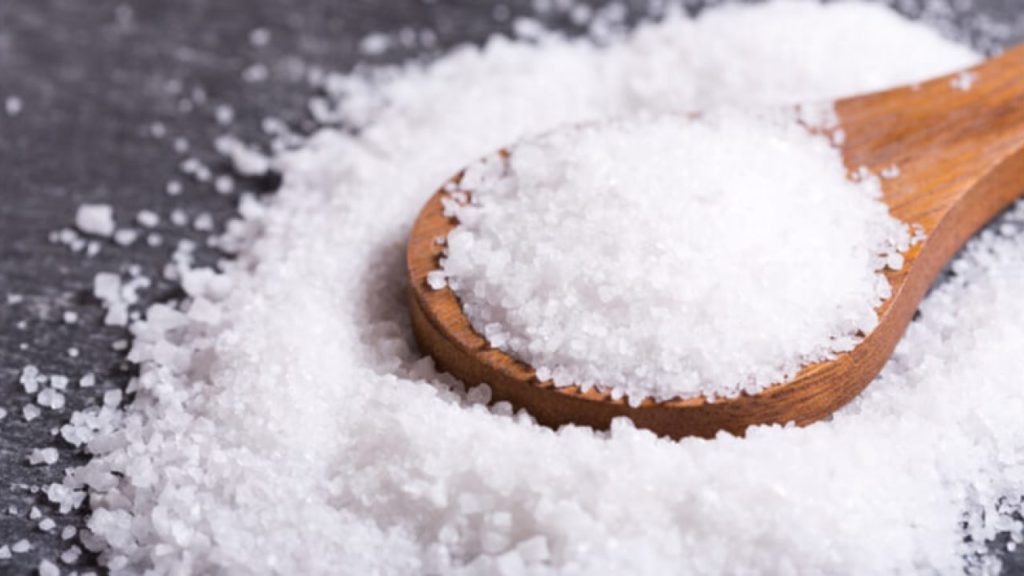
Table salt – The most common type of salt is table salt. Most people use it, adding it to dishes to strengthen and improve their taste. It is almost pure sodium chloride, in the form of purified evaporated or unrefined salt and coarser – rock salt. Sometimes producers enrich it with iodine ions, an element that is important for health, and is involved in the work of the thyroid gland. Table salt is dosed quite generously in most of the world cuisines and added to almost all dishes – it is the basic seasoning and food preservative. However, even the addition of iodine does not make it possible to consume it in any quantity. Further restrictions apply to people at risk of hypertension, who, due to the risk of developing the disease, should handle this spice even more carefully.
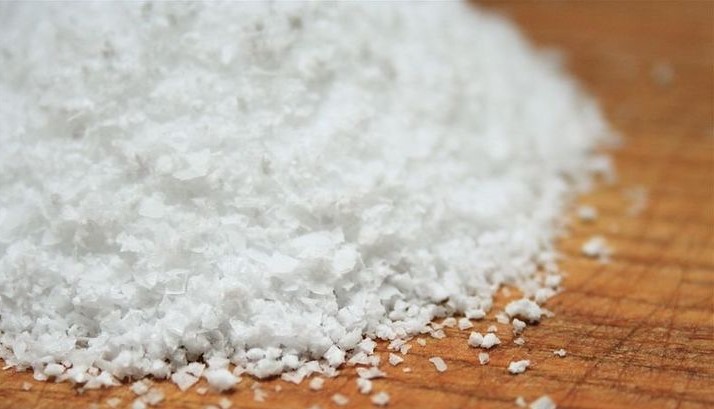
Kosher salt – Kosher salt is so named because it is used in some Jewish culinary customs. Traditional Jewish law requires blood to be removed from meat before it is eaten. Because kosher salt is coarser in structure, it is especially effective at expressing blood. The main difference between regular salt and kosher salt is its structure. Chefs say that kosher salt – due to its coarse grain – is more convenient to grasp with your fingers and spread over dishes. Kosher will have a different texture and taste sensation, but if it dissolves in food, there is no difference to regular table salt. In contrast, kosher salt is less likely to contain additives such as anti-caking agents and iodine. However, keep in mind that a teaspoon of kosher salt weighs much less than a teaspoon of regular salt. And it is less salty than the kitchen.
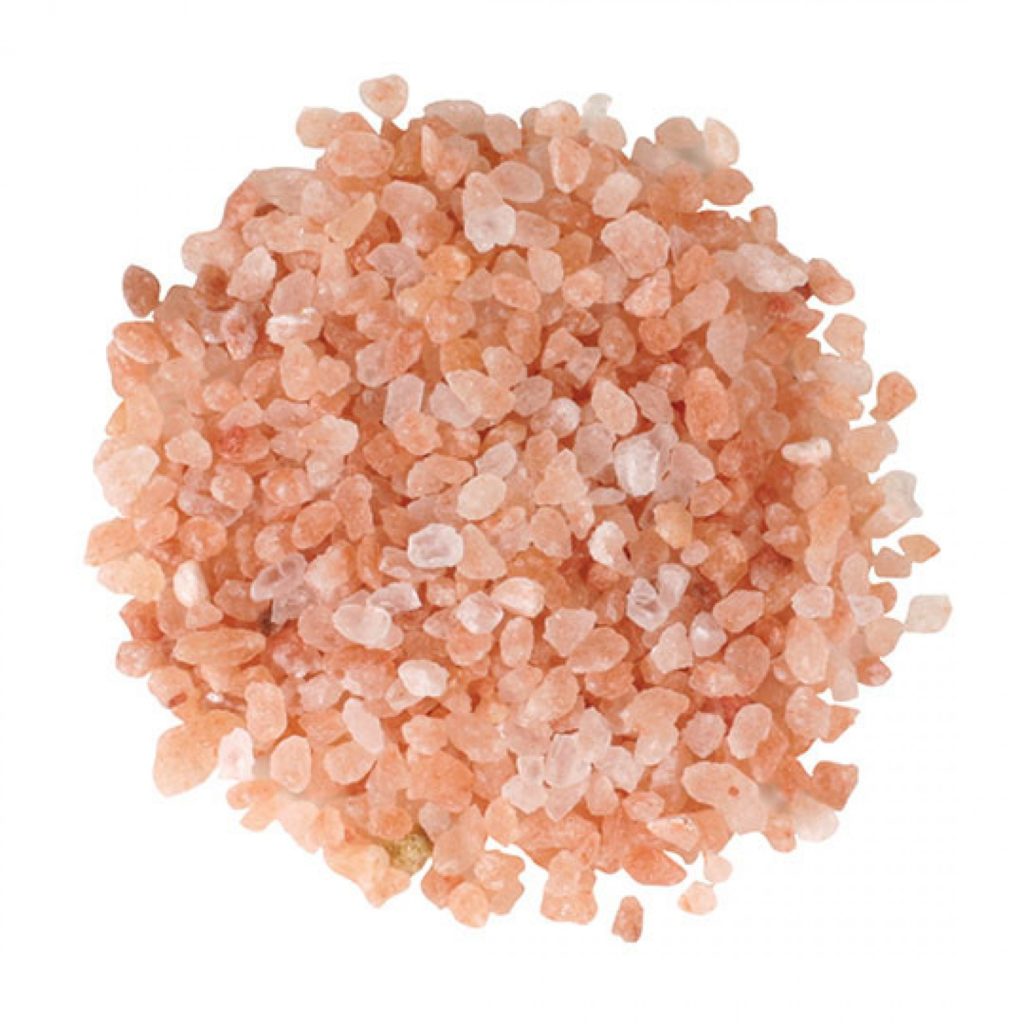
Himalayan pink salt – personally, my favorite salt, and who knows me well, knows that I love salt, and that I abuse the dosage here and there. The pink Himalayan is the only one I use in my cooking. has a very characteristic pale pink color and is most often found in thick lumps. Due to its properties, it is recommended as a healthier substitute for table salt. It comes from Pakistan; it is mined using traditional methods from deposits lying 400-600 meters underground. Its composition is much richer than that of table salt – it is not only sodium chloride, but also almost 80 different elements supporting the functioning of the body and building it. By using Himalayan salt, you can enrich your diet with many important ingredients. Its use in body care is also valuable. It works, for example, as a component of brine baths, which soothe skin problems.
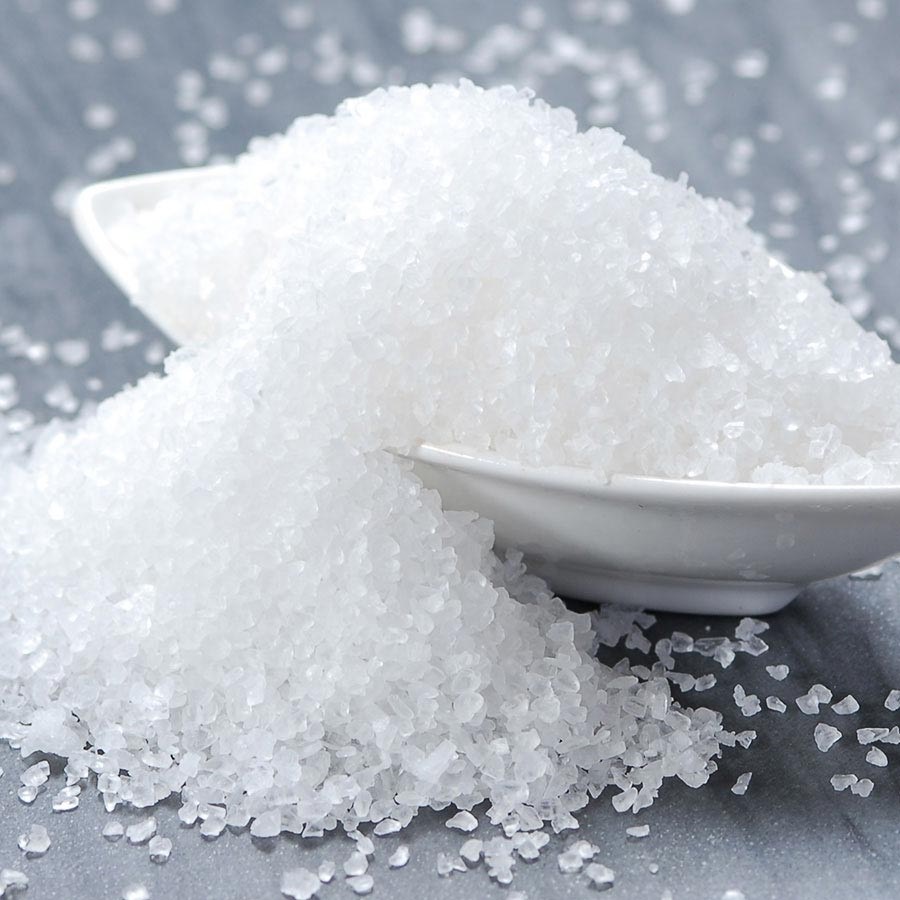
Sea salt – Sea salt is another type of salt recommended for use in place of regular table salt. Also, it, like the Himalayan one, is not purified – so it contains various nutrients, such as potassium, calcium, and iron. Sea salt is produced by the evaporation of seawater and has a slightly different taste than table salt. However, the sodium content is similar, so you should not consume too much of it. So, you can replace ordinary table salt with it, although it will not affect your health – only a taste different than usual. It is more intense, so you do not have to add too much to make the prepared dish properly salty. It is worth adding that its shade is slightly darker than the shade of table salt. Like the Himalayan sea salt, it is perfect for brine baths.
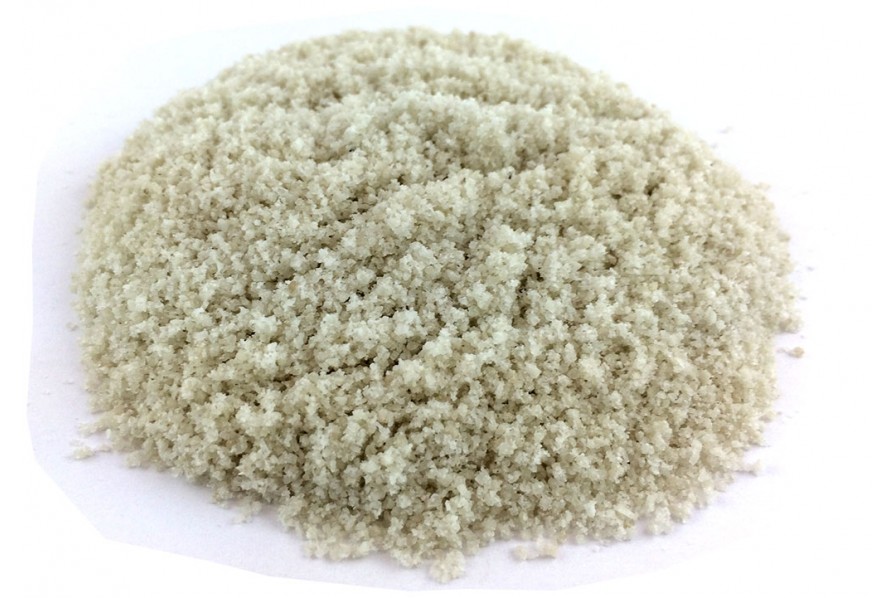
Celtic Grey sea salt – The gray salt color was obtained because it is extracted from clay. This type of salt is also called Celtic sea salt. This type of salt is harvested by hand in Brittany, a historic region of France, where natural clay and sand form moist, mineral-rich crystals. Gray salt usually retains its moisture content. It helps restore the electrolyte balance in our body and prevents muscle cramps. In its properties, gray salt is remarkably like pink Himalayan salt.
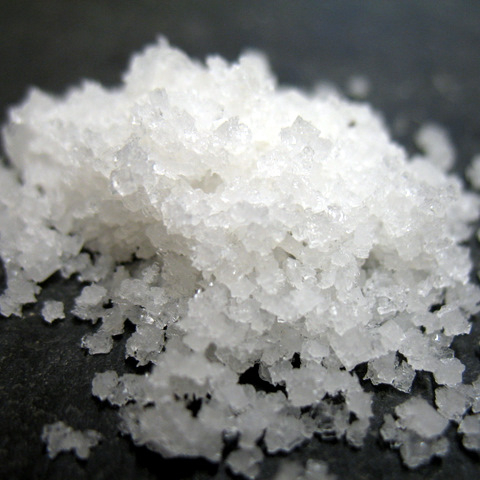
Fleur de sel – The Camargue White Salt Flower is the most elite type of salt. You could say, it’s the caviar of salts. The price on this salt can scare many. However, this type of salt is considered the most valuable. It is about the specific geographic location of the Camargue region, where this rare type of salt is mined. It contains naturally occurring minerals – magnesium, potassium, iron, calcium, and iodine. Delicate, brittle salt crystals are collected by hand with a special wooden spatula. It is because of the laboriousness of manual harvesting that the cost of this salt is extremely high. In addition, it is worth noting that they collect it by hand along the French coast in the same basins as gray salt. For comparison, it should be added that for every 40 kilograms of gray salt there is only one or two kilograms of salt flower. This remarkable salt is highly prized and is usually used in the finishing of products. When it comes to its impact on human health, it is simply an expensive mineral salt with a delicate flavor and texture.
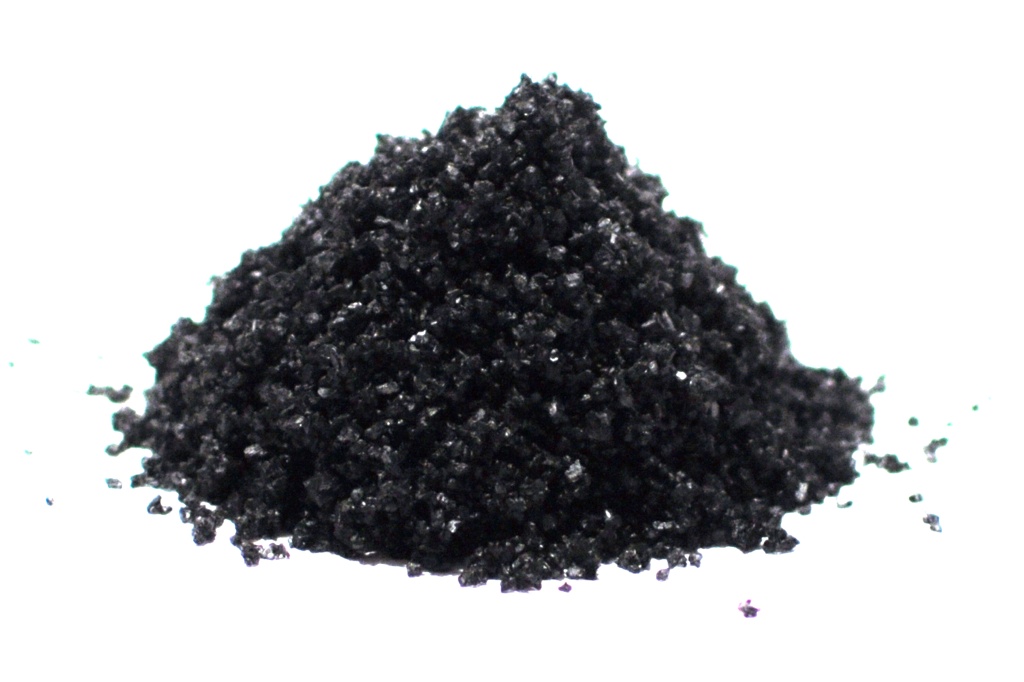
Black Hawaiian salt -The place of salt extraction is the Hawaiian Islands. The color of the salt is due to its origin: it is black, volcanic, unclean lava. In addition, the black color of the salt is due to the content of activated carbon in it, which is known to improve digestion and remove harmful toxins and pollutants from the body. Hawaiian Black Salt is a product rich in trace elements and minerals, containing not only activated charcoal, but also turmeric, as well as taro powder. This type of sea salt is produced exclusively on one of the Hawaiian Islands of Molokai using modern technologies. The obtaining process is quite laborious. Black Hawaiian salt is also called the most because it is not a true black pearl. The advantages of activated carbon are known to all of us: it has sorption and disinfecting properties, which make black salt an excellent and useful product.
Experts say that the main benefit of this salt is that it improves digestion and removes poisons and toxins from the body. Additionally, it is worth paying attention to its unusual delicate taste with the addition of spicy notes and a pleasant aroma. In black salt, it contains about a hundred useful minerals and trace elements that are necessary for human health. Black Hawaiian salt is considered an unbelievably valuable product, often such salt can be found in the most expensive restaurants in the world. The black color of the salt makes the dishes more interesting and visually attractive.
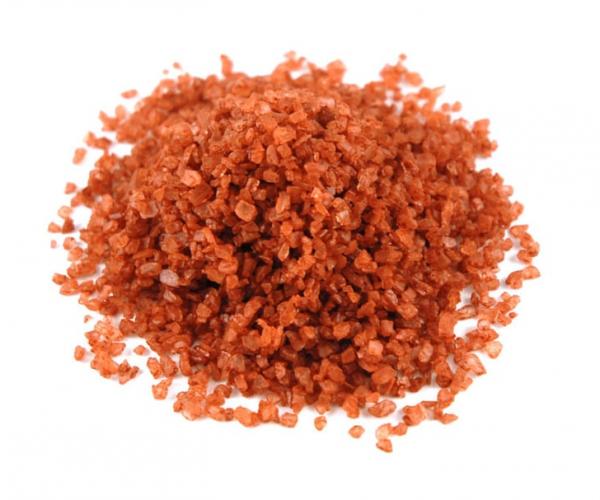
Red Hawaiian salt – Another type of Hawaiian salt is red. It gets its color from volcanic Hawaiian clay (alaea). As the water evaporates, this salt enters the tidal basins where it mixes with this clay, the color of which is bright red, almost red.
According to experts’ estimates, Hawaiian red salt in its composition contains the highest concentration of basic micronutrients and is particularly rich in iron. This makes salt extremely useful for human health.
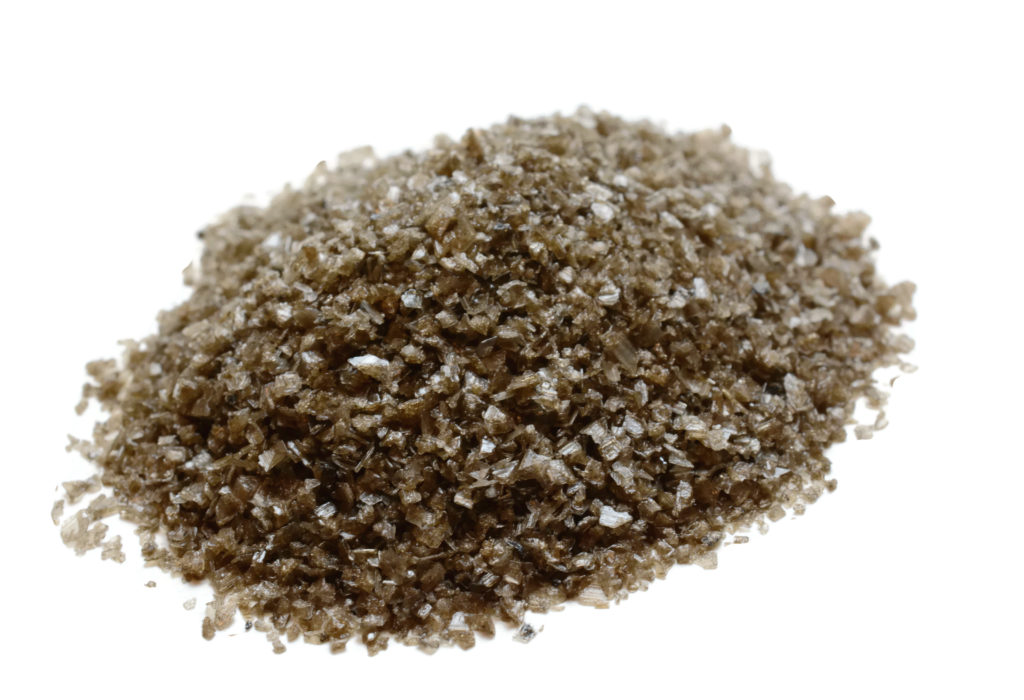
Smoked salt – Smoked or so-called smoke salts do not have significant nutritional value compared to conventional sea salt and all the types of salt described above. In fact, it is sea salt that has been burnt on special wooden shavings. This salt is especially popular in Denmark. In this country, it is evaporated on fire with the addition of firewood of juniper, cherry, beech, and oak. Smoking gives the salt crystals a pleasant smoke smell and a gray or brown color. This salt perfectly complements some dishes, giving them a spicy note. However, apart from the pleasant smell, there are no other health benefits.
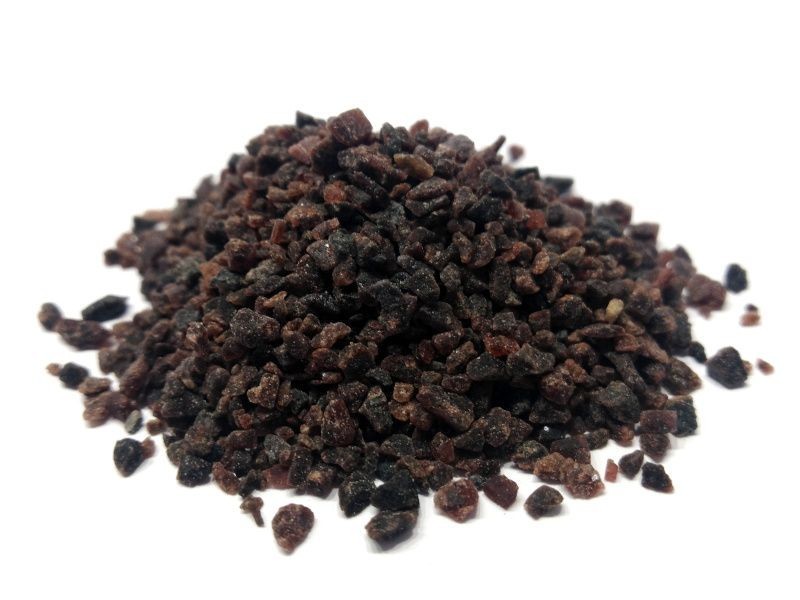
Himalayan black salt – Kala Namak – The exotic Kala Namak salt, also known as black salt, is also gaining popularity. Currently available mainly in physical and online health food stores, it appears in an increasing number of recipes. Contrary to the name, its color is not black at all – it is rather grayish pink, darker than the color of Himalayan salt. Kala Namak, although it is a salt, has an extremely intriguing taste. It is characterized by a high sulphate content, which makes it smell and taste like … eggs. Therefore, it has gained considerable popularity in vegan cuisine, which excludes eating eggs. It is certainly an interesting new flavor. However, it is worth remembering that it consists mainly of sodium chloride, so it is not healthier than other types of salt and must not be overused.
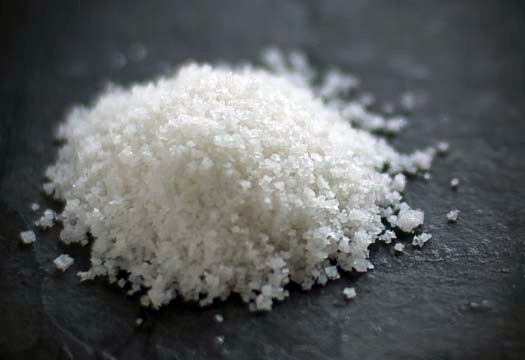
Pickling salt – a nitrite salt mixture, or table salt with the addition of saltpeter, is necessary for the preparation of raw meat and sausages. Without its addition, the meat would deteriorate quickly. Nitrite salt mixture is a mixture of regular food salt and about 0.5-1% sodium nitrite (NaNO2 as food additive E250) or sodium nitrite alone. It inhibits bacteria, drains water, and has a spicy flavor. Cured salt additionally makes the meat pink or dark pink. Saltpeter is a commonly used name for a nitrite salt mixture, but this name also covers Indian nitrate – potassium nitrate or Chilean nitrate – sodium nitrate. Both compounds are used for pickling. With their use, during a longer maturation period, a particularly strong aroma is released, and the meat acquires an extremely intense dark red color. These types of saltpeter are dosed in the amount of 2-5 g per 100 g of table salt.
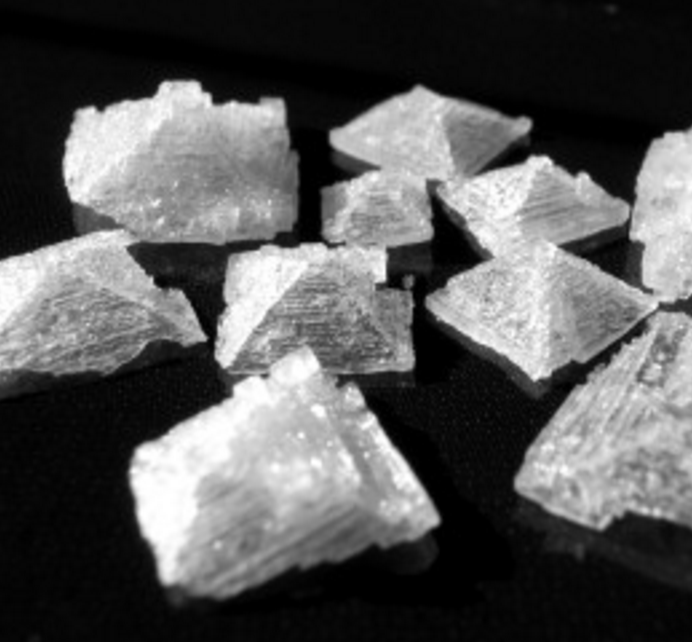
Maldon salt (Flake salt) – comes from the English County of Essex. It has a crystal-clear taste. The soft, pyramid-shaped flakes are a characteristic feature of the salt of this salt. This type of sea salt is obtained using traditional methods, so it is a natural product that retains valuable minerals such as magnesium and calcium.
**Bonus**
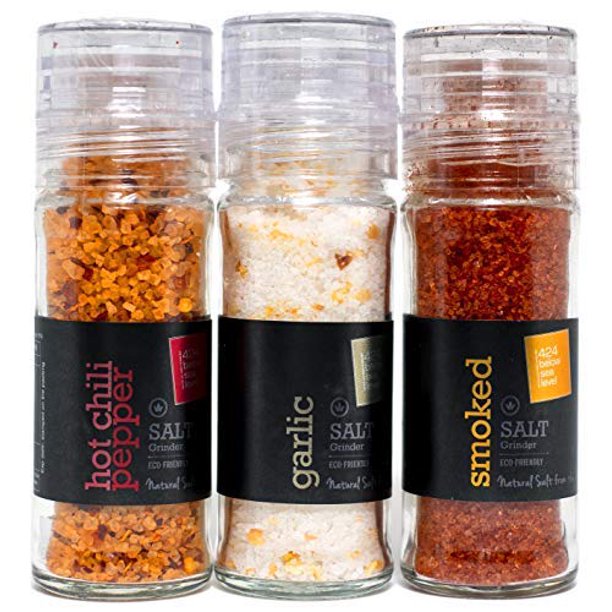
Flavored salt is the least popular and the least available. It is made by mixing rock salt and carefully selected spices and herbs (e.g. pepper, garlic, dried vegetables, herbs). The flavored salt may contain flavor enhancers (e.g., monosodium glutamate) and preservatives, flavors, and synthetic colors. Due to the presence of herbs, they are added to the dishes only when they are served, so that their delicate aroma is most noticeable.
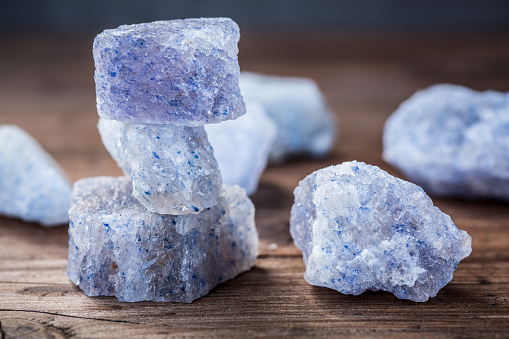
Persian Blue salt – Harvested from an ancient salt lake in Iran, this unique salt is one of the rarest types of salt on the planet. The bluish tinge of the salt is a consequence of a specific crystal lattice. This unusual color is not due to the mineral content, but to the natural compression of the salt over many Although the eye enjoys the unusual colors of the product, Persian salt is considered one of the rarest in the world. This all-natural salt is also infused with useful trace elements and has a pleasant slightly sweet aftertaste. Due to its rarity, this salt also comes at an impressive price!
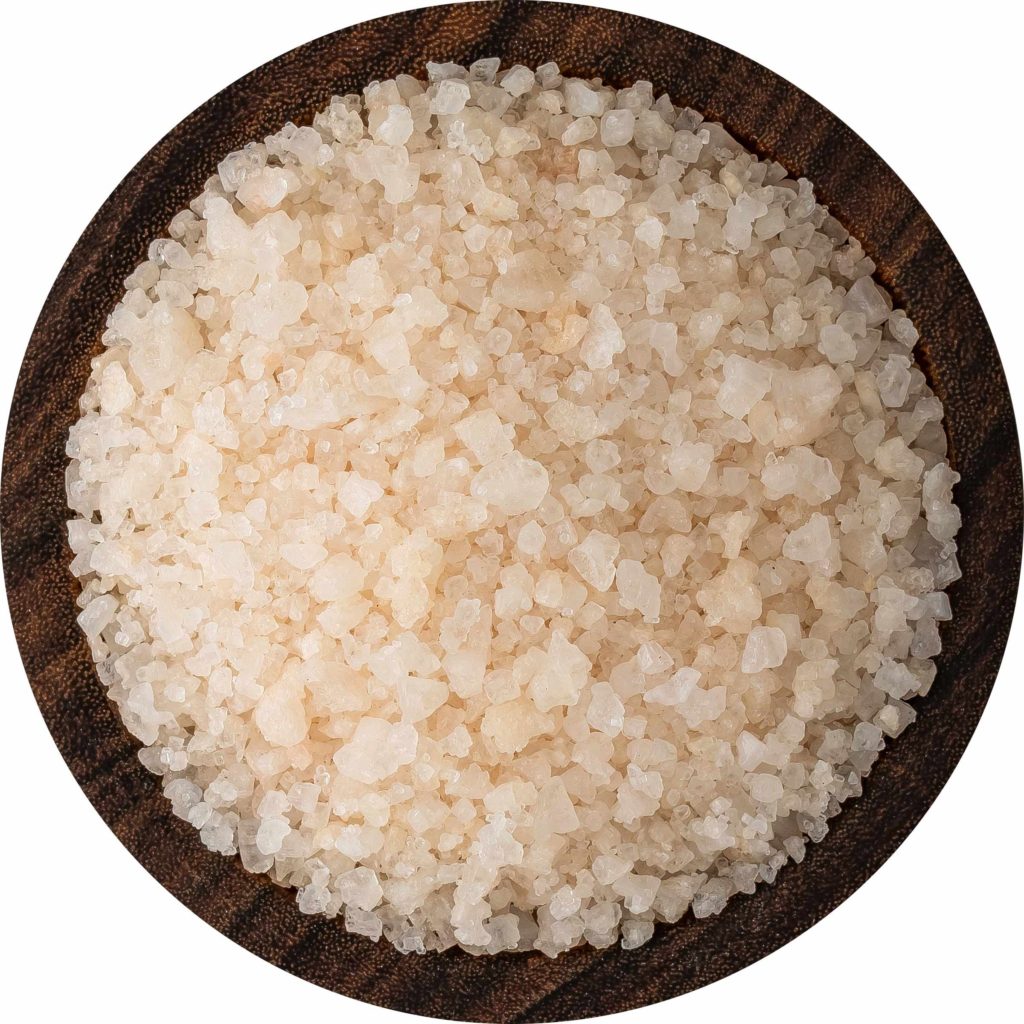
Peruvian salt (Marasc, Inca salt) – comes from a hot underground spring located in the Andes at an altitude of 4,000 meters above sea level. It is rich in many minerals, thanks to which it owes its pink color. Valued for its distinctive taste and properties. It is perfect as a seasoning for seafood, fish, meat, soups, salads, hot and cold dishes.
Which salt to use?
Daily, we should consume the flattest teaspoon of salt (including all the products we eat), this corresponds to about 6 grams. It should be remembered that excess salt in the diet contributes to problems with blood pressure and greater incidence of heart disease, causes problems with water retention.
First, you should beware of evaporated table salt. The sodium content is the highest in it, and there are practically no minerals in it. You should buy consciously, paying attention to the label on the composition and origin of the salt. Let us choose “coarse” ground, crystalline salts with a high content of minerals. To reduce the amount of salt used, try to salt the dishes at the end of cooking or directly on the plate. The addition of herbs and spices mixed with a small amount of salt can “outsmart” our senses and thus we can add a smaller amount of pure salt.
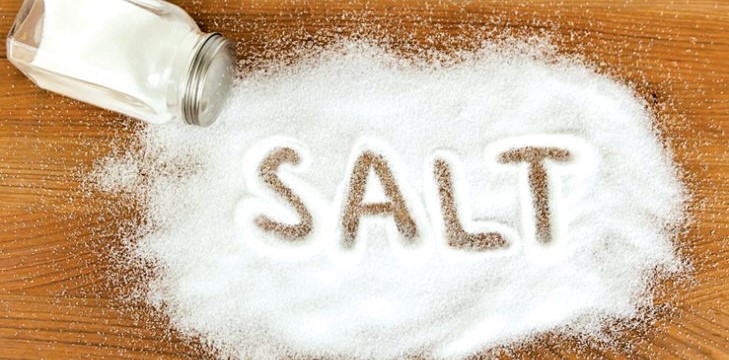
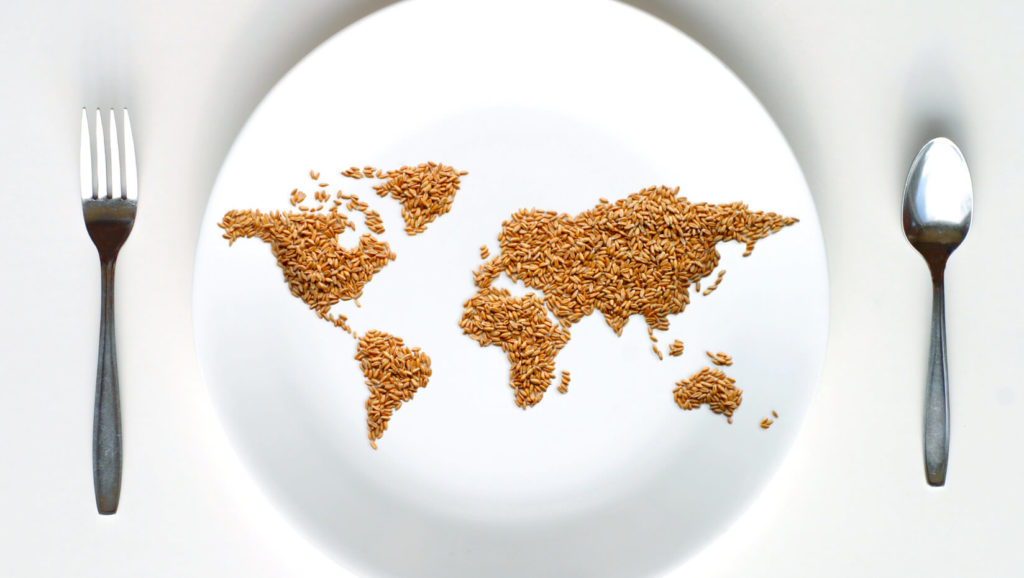

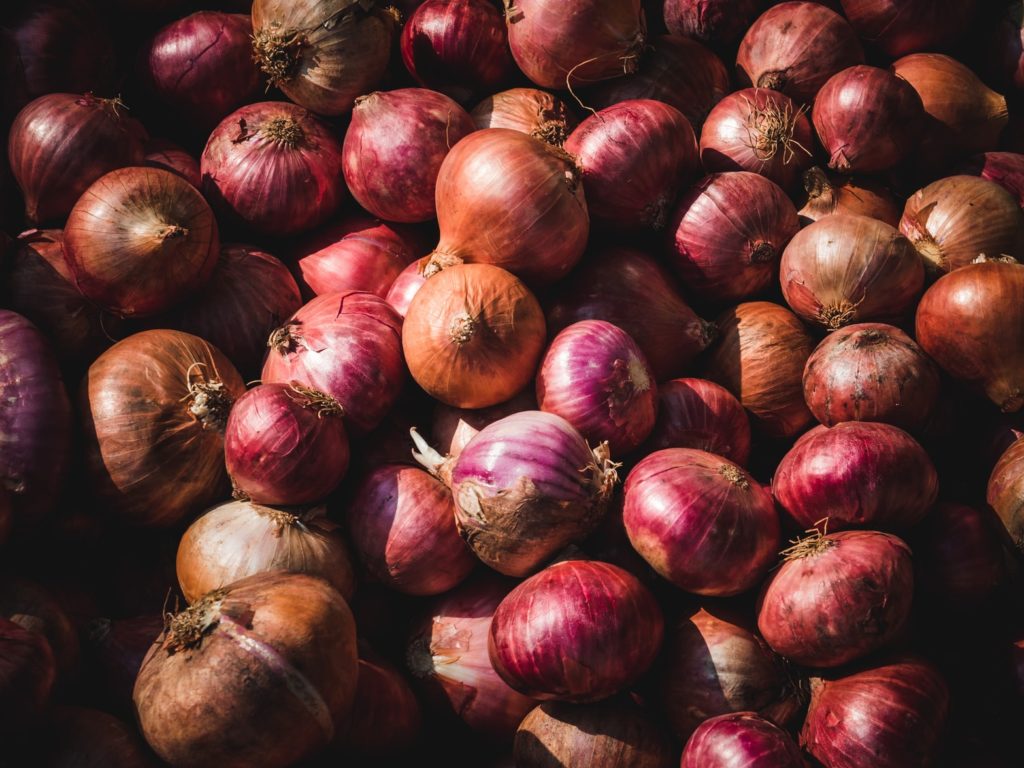
Very informative Article,
Nice, keep it up.
Thanks